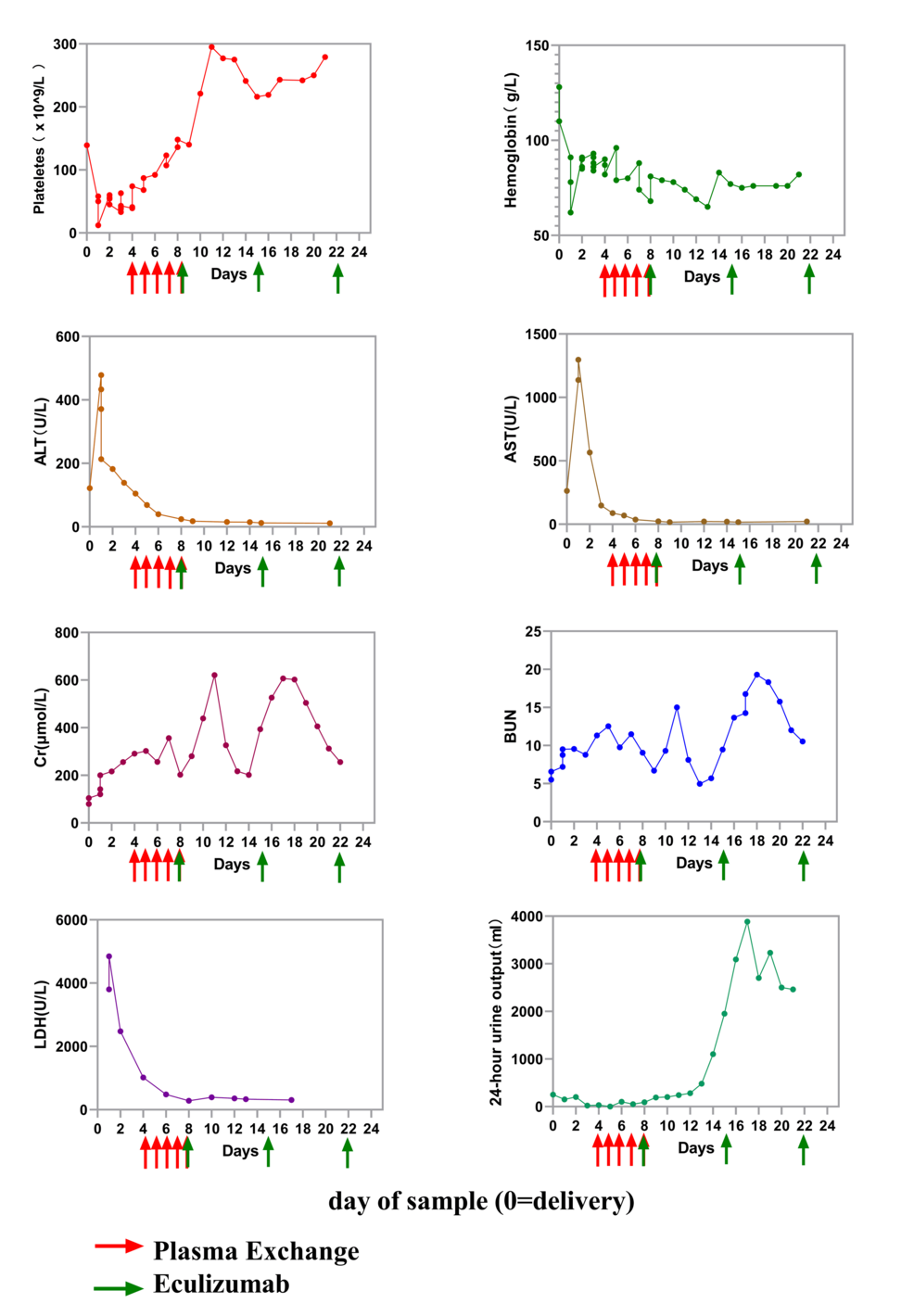Human-Pig Lung Transplant: A Shocking Breakthrough or a Step Too Far?

In a groundbreaking moment for medical science, researchers in China have just pulled off what many thought was impossible: the first successful transplant of a pig lung into a human being. This radical leap into the world of xenotransplantation not only raises eyebrows but also ignites the hope of addressing the dire organ shortage crisis we face globally.
So what exactly went down? In May 2024, at Guangzhou Medical University, a 39-year-old man—tragically declared brain-dead after a brain hemorrhage—became the recipient of this revolutionary procedure. With the blessing of his family, surgeons replaced one of his lungs with a genetically engineered left lung from a pig, modified to help it blend into the human body without being rejected. Remarkably, this pig lung functioned for a whole nine days, without showing immediate signs of hyper-acute rejection, which is a common and often fatal response when foreign organs are introduced into the body.
This is more than just a medical curiosity; it marks an unprecedented milestone in organ transplantation. Pig organs have long been a point of contention and experimental science due to their complex immune responses and the constant exposure to air, pathogens, and pollutants. Lung transplants, in particular, are notoriously difficult, making this success a potential game-changer. The genetically altered pig lung came from a special breed that had six genes edited to minimize rejection risks, allowing the organ to perform in a way that could reshape how we think about organ donation.
However, the journey doesn't end here. While the initial results were promising, signs of complications started to show within 24 hours. The transplant began to exhibit fluid buildup, indicating potential issues like ischemia-reperfusion injury. Ultimately, by day nine, the family made the tough decision to halt the experiment, highlighting the ethical complexities surrounding such pioneering procedures.
Experts from around the world are celebrating this milestone while also reminding us that we’re far from ready to make this a standard procedure for living patients. The partial function of the lung could have also been aided by the patient’s remaining natural lung, muddying the waters when evaluating the pig lung’s true capability. The extensive immune system of humans poses a unique challenge, making future clinical use a daunting task.
Even with these hurdles, the potential is enormous. Thousands globally are on waiting lists for lung transplants, with many tragically passing away before a suitable organ becomes available. The introduction of genetically modified pig organs could open new avenues for those in desperate need, helping alleviate the chronic shortage of donor lungs.
This monumental achievement opens up a new frontier in transplant medicine. While the success of a single brain-dead case is just a drop in the ocean, it represents years of relentless work and research in the field of xenotransplantation. If this technology continues to develop, we might one day see pig lungs or other organs saving lives, expanding the pool of donor organs beyond our wildest dreams.
Looking ahead, researchers emphasize that there’s still a long road to travel. Future directions include refining genetic edits to further reduce rejection risks, optimizing immunosuppressive protocols to protect both the transplanted organ and the patient’s other bodily functions, and improving preservation techniques to minimize damage during transplants. There are also ongoing efforts to explore alternatives, such as using stem cells to remodel human organs that are otherwise deemed unsuitable.



























